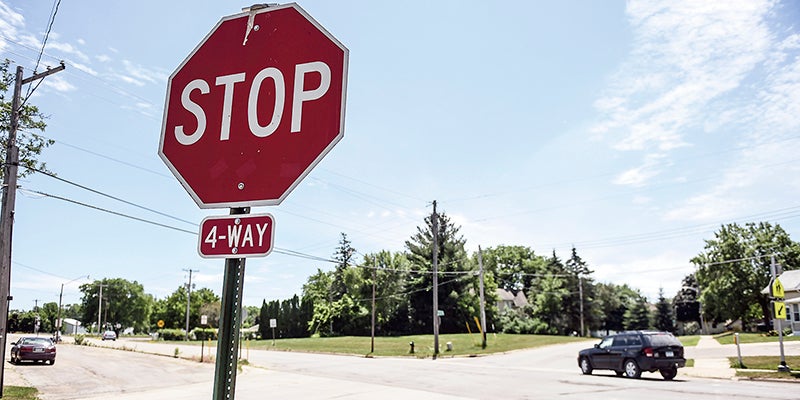Confidence in Midwest economic future plummets in survey
Published 6:45 am Wednesday, December 2, 2020
|
Getting your Trinity Audio player ready...
|
OMAHA, Neb. — A new monthly survey of business leaders in nine Midwest and Plains states suggests faltering confidence in the region’s economy as a new surge of the coronavirus outbreak sweeps the country.
After climbing every month since bottoming out in April, the overall index of the Creighton University Mid-America Business Conditions survey fell to 69.0 in November from October’s 70.2.
Any score above 50 on the survey’s indexes suggests growth, while a score below 50 suggests recession.
The monthly survey results have mirrored national manufacturing survey results, which indicate the sector has been expanding at a steady pace since sinking to a post-2008 recession low in April, according to Creighton University economist Ernie Goss, who oversees the survey.
“Even so, current output in the regional and U.S. manufacturing sectors remains below pre-COVID-19 levels,” Goss said.
Meanwhile, the survey’s confidence index looking ahead six months plummeted 20 points to 50.0 this month from October’s 70.4.
“A sharp upturn in COVID-19 infections, along with more economic lockdowns, weighted on November’s economic outlook,” Goss said.
The survey’s employment index fell to 63.1 from 66.7 in October. More than half of manufacturers surveyed this month indicated they had hired back all COVID-19 furloughed workers, while nearly 30 percent reported rehiring a portion of furloughed workers. Nearly 18 percent reported no furloughs. About 6 percent expect to furlough additional workers, Goss said.
The monthly survey covers Arkansas, Iowa, Kansas, Minnesota, Missouri, Nebraska, North Dakota, Oklahoma and South Dakota.
Minnesota
The overall index for Minnesota declined to 73.2 from 82.7 in October. Components were: new orders at 79.5, production or sales at 80.9, delivery lead time at 72.5, inventories at 66.2, and employment at 66.9. “Recent surveys indicate that both durable and nondurable goods manufacturers are expanding at a solid pace,” Goss said.




